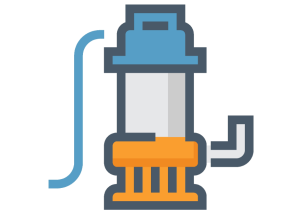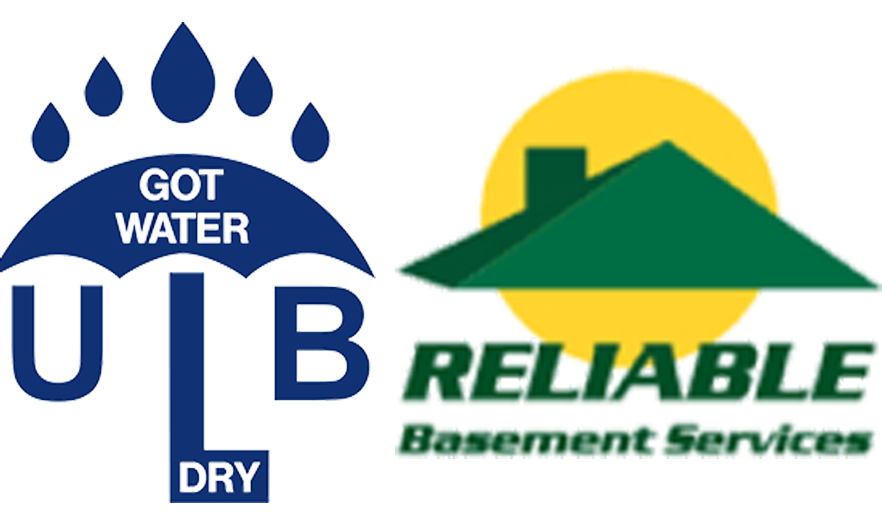
Basement waterproofing is a crucial aspect of maintaining a safe and dry home. If you live in an area that is prone to heavy rainfall, or if you have a basement that is below ground level, you are likely familiar with the challenges and potential hazards of basement flooding. This is where installing a sump pump system can help — it’s one of the most effective ways to prevent water from seeping into your basement.
Below, this basement waterproofing company in Medinah, Illinois is going to explore the history of sump pumps and their role in basement waterproofing, shedding light on the technological advancements that have revolutionized this essential aspect of home maintenance.
The History of Sump Pumps
Sump pumps have a rich history dating back centuries. The ancient Greeks and Romans used various methods to remove water from their buildings, including simple manual pumps. However, it was not until the mid-19th century that the modern sump pump as we know it today began to take shape. In 1852, French inventor Jean-Baptiste Andre Godin obtained a patent for a steam-powered pump designed to remove water from basements. This marked a significant milestone in the development of sump pumps.
Over the years, sump pumps continued to evolve and improve. In the early 20th century, electric sump pumps became more prevalent, offering a more efficient and reliable solution for basement waterproofing. Today, basement waterproofing companies in Medina, Illinois offer sump pumps that are equipped with advanced features — such as automatic activation, battery backups, and alarms — to ensure optimal performance and peace of mind for homeowners.
How Sump Pumps Work
Understanding how sump pumps work is essential in appreciating their role in basement waterproofing. A sump pump is typically installed in a sump pit, which is a specially constructed hole in the basement floor. When water enters the pit, either through natural seepage or flooding, the sump pump is activated. The pump’s motor drives an impeller that propels the water out of the pit and away from the foundation, preventing it from accumulating and causing damage.
Sump pumps can be classified into two main types: pedestal and submersible. Pedestal sump pumps have the motor positioned above the pit, while submersible pumps are designed to be submerged in water. Both types have their advantages and are suitable for different basement configurations. Additionally, many modern sump pumps are equipped with backup batteries, which ensures continued operation even during power outages.
Common Issues with Sump Pumps
While sump pumps are highly effective in preventing basement flooding, they are not immune to issues. It is essential for homeowners to be aware of common problems that may arise with sump pumps to ensure their proper functioning. One common issue is pump failure due to power outages. Without a backup battery, a sump pump may be rendered useless during a storm when power is disrupted.
Another issue is the accumulation of debris in the sump pit, which can clog the pump or impede its performance. Regular maintenance, including cleaning the pit and checking the pump’s components, is crucial to prevent such problems. Additionally, sump pumps can experience mechanical failures or wear out over time. Consulting a professional basement waterproofing company can help address these issues effectively. If you are dealing with sump pump issues, you can always contact your local basement waterproofing company in Medinah, Illinois for a repair.
Looking for a Basement Waterproofing Company in Medinah, Illinois?
Are you ready to have a new sump pump installed in your basement? Need to have your current some pump serviced? In either case, our experts at ULB-DRY Waterproofing are here to help. As the most trusted basement waterproofing company in Medinah, Illinois, we are the go-to source for all your sump pump installation, maintenance, and repair needs. Contact us today to learn how we can assist you.





